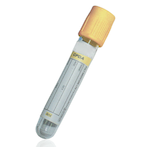
- Home
- Clinical Chemistry Tests
- Bilirubin (Direct)
Bilirubin (Direct) (DBili)
Specimen Volume
1mL blood (~250uL sample)Turnaround Time
24 hoursSample Processing In Laboratory
No special requirementsSample Stability
7 days at 2-8°CGeneral Information
At the end of their life span circulating red blood cells are broken down in the reticuloendothelial system, mainly in the spleen. The released haemoglobin is split and the haem is converted to bilirubin after the removal of iron. This bilirubin is bound to plasma albumin and is not water soluble; it is referred to as unconjugated bilirubin. It is transported to the liver where at the hepatic cell membrane bilirubin is split off from the albumin and passes into the cell where it is accepted by specific binding proteins. Bilirubin is then conjugated at the microsomes within the cell with glucuronic acid to form conjugated bilirubin. This is then transported out of the liver cell into the bile canaliculi and excreted in the bile.
In serum or plasma the terms “indirect” and “direct” bilirubin are often used to refer to unconjugated and conjugated bilirubin respectively; the difference being that the indirect fraction requires a solubiliser (originally methanol) to effect a reaction whereas the direct fraction reacts without a facilitating agent.
An increase in plasma bilirubin gives rise to the condition of jaundice, for which numerous classifications exist. Increased levels can be considered to arise from three possible causes:
- Increased formation and transport to the liver – e.g. intravascular haemolysis.
- Defective uptake, transport or conjugation by/in the liver – e.g. Gilbert’s disease, neonatal jaundice.
- Disturbances of excretion from the liver – e.g. liver cell destruction, intra- and extra hepatic cholestasis.
The first two causes give rise to increased levels of unconjugated bilirubin, whilst the third to an increase in conjugated bilirubin. Most biochemical tests of liver function are used to distinguish different causes of jaundice in the third category.
Patient Preparation
No special patient requirements. The assay must be performed in serum only (yellow/red top).
Reference Range
0 – 9 µmol/L
Source of Reference Range
Manufacturer's kit insert (Abbott Alinity)Specifications
- EQA Status: UK NEQAS paediatric bilirubin scheme
- EQAS Scheme: Yes
Tags
biliary obstruction bilirubin cirrhosis conjugated DBil hepatitis jaundice liver TBil unconjugatedRelated Tests
Alanine Aminotransferase (ALT) Albumin Alkaline Phosphatase (ALP) Aspartate Aminotransferase (AST) Gamma Glutamyl Transferase (GGT) Total Protein (serum)Creation Date
Monday, 08 August 2011Modification Date
Wednesday, 11 May 2022General Information
Location of Laboratories
Copyright UHB Pathology 2018
Protection of Personal Information – Clinical Laboratory Services comply with the Trust Data Protection Policy and have procedures in place to allow the Directorate and it’s employees to comply with the Data Protection Act 1998 and associated best practice and guidance.
University Hospitals Birmingham medical laboratories at Queen Elizabeth Hospital, Heartlands Hospital, Good Hope Hospital and Solihull Hospital are UKAS (United Kingdom Accreditation Service) accredited to the ISO 15189:2012 standard. For a list of accredited tests and other information please visit the UKAS website using the following link: https://www.ukas.com/find-an-organisation/
- Molecular Pathology is a UKAS accredited medical laboratory No. 8759
- Biochemistry is a UKAS accredited medical laboratory No. 8910
- Haematology and Transfusion is a UKAS accredited medical laboratory No. 8784
- Clinical Microbiology is a UKAS accredited medical laboratory No. 8760
- Cellular Pathology is a UKAS accredited medical laboratory No. 10141
- Musculoskeletal laboratory is a UKAS accredited medical laboratory No. 9897
- Heartlands, Good Hope and Solihull Hospital pathology laboratories are a UKAS accredited medical laboratory No.8217.
Tests not appearing on the UKAS Schedule of Accreditation currently remain outside of our scope of accreditation. However, these tests have been validated to the same high standard as accredited tests and are performed by the same trained and competent staff.
For further test information, please visit the test database: http://qehbpathology.uk/test-database
For further information contact Louise Fallon, Quality Manager, 0121 371 5962
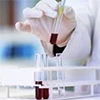 Biochemistry
Biochemistry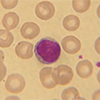 Haematology and Transfusion
Haematology and Transfusion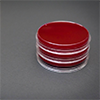 Clinical Microbiology (Including Virology)
Clinical Microbiology (Including Virology)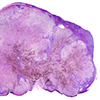 Cellular Pathology
Cellular Pathology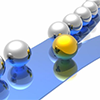 General Information
General Information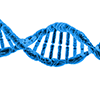 Molecular Pathology
Molecular Pathology